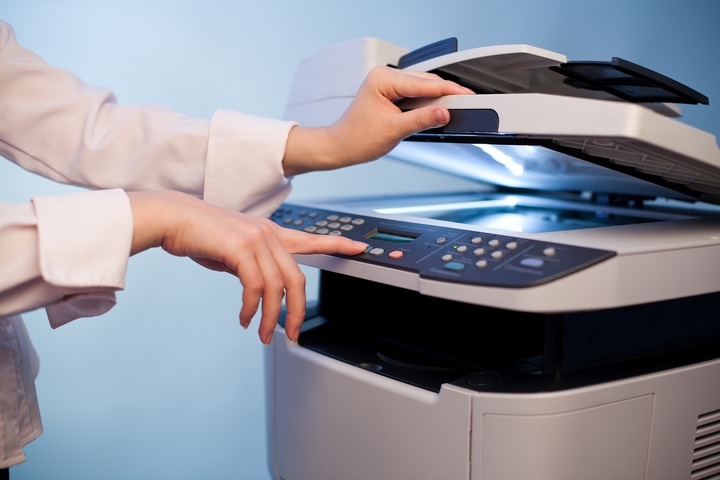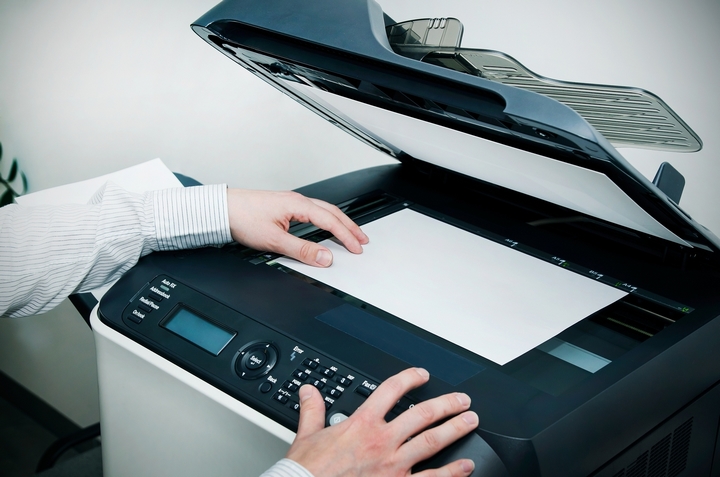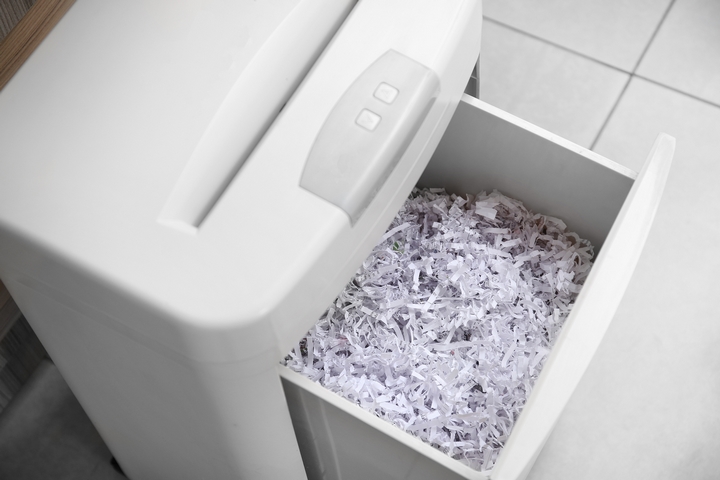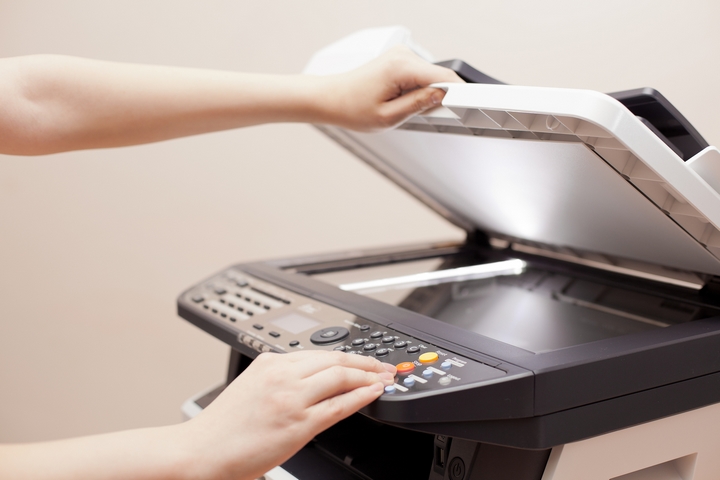Do you remember those big, clunky scanning machines from back in the day? Are you still using fax machines? Is your office continuing to experience paper jams? The task of scanning and copying boxes of papers inflicted pain and misery across numerous workplaces for so many years – some say John from accounting never fully recovered.
Today? Unless your office hasn’t made the necessary investments, you likely have an easier time scanning and copying than your predecessors did. Whether you are using up-to-date technology or hiring document scanning services firms, it isn’t monotonous, soul-crushing work anymore.
Indeed, there are many reasons why businesses scan hundreds or thousands of documents. It could be because they want to save space, they want to go paperless, or they want to trash items they don’t need anymore laying around in the office.
Of course, just because it is simpler than it was even a decade ago, there are still plenty of things you can incorporate into your daily routine to make it that much easier. Here are five document scanning tips to smile about:
1. Backup Your Scanning Sessions

For one hour or two hours a day, particularly during peak season, you have spent scanning what seems like an endless stream of papers and documents. Imagine what would happen if your computer crashes, a fire breaks out, or the hard drive suffers a freak accident.
This means that all of your scanning was for nought. Scary stuff, indeed.
The simple solution to employ is to backup all of your scanning sessions as a just-in-case approach. Otherwise, your scanning sessions will be a waste, and you would have misallocated your time to administration.
2. Only Scanning Text Documents? Use Low DPI

Should all of your scanning documents be text only, then you need a low dots per inch (DPI). But there are two things to mull over:
- If you only need to scan documents, and not print them, then 300 DPI will suffice.
- If you need to scan and later print these documents, then 600 DPI would be better.
One more thing: when you’re saving your scanned documents, the file should be .PDF.
3. Purchase a Document Shredding System

Paperless or clearing the clutter, it doesn’t matter. Every office should invest in a document shredding system, otherwise known as a paper shredder.
These are sublime devices to have in your workplace to not only clear up space and be environmentally-friendly, it will also shield your business from identity theft. Do you know how many criminals still go dumpster-diving to retrieve your trash?
Be safe, buy a paper shredder today!
4. Remember to Remove Staples & Paper Clips

Don’t be ashamed. This is a common mistake: scanning documents that still have staples and paper clips attached to the corner of the pages.
Yes, it can affect your machine, and derail your thorough scanning session, but it is crucial to remember to remove all of the staples and paper clips from the corners of your documents.
You don’t want to endure hiccups or impact your hefty investment.
5. Hire a Temp Agency for Busy Seasons

Tax season, end-of-year cleanup, transferring departments. There is a myriad of reasons why your office will suddenly experience scanning overload. If you have a large amount of boxes filled with pages scattered around the office, then you just know scanning is coming.
Want to avoid your staff wasting their precious time on administration? Hire a temp agency. During the busiest times of the year, which is usually around tax season, it would be wise to hire a few temp workers to scan the documents, save the scans onto the hard drive, and create space unseen in your office since you first moved into the premises two decades ago.
Document scanning is certainly not like it used to be. Despite their convenience, scanning machines were complicated, bulky, and even expensive. Today, document scanning has become one of the simplest tasks in the office, allowing your business to access files with incredible ease.




